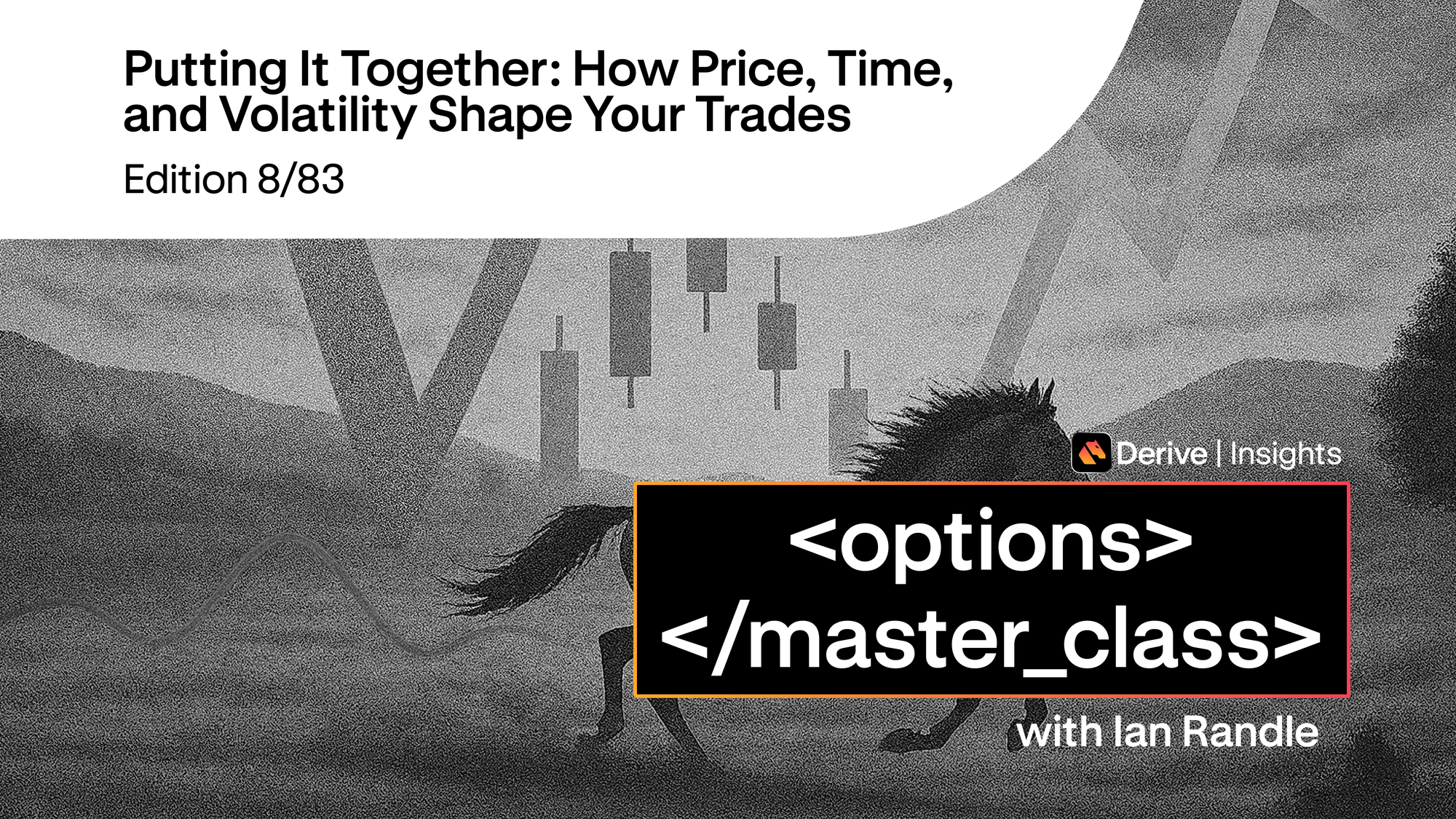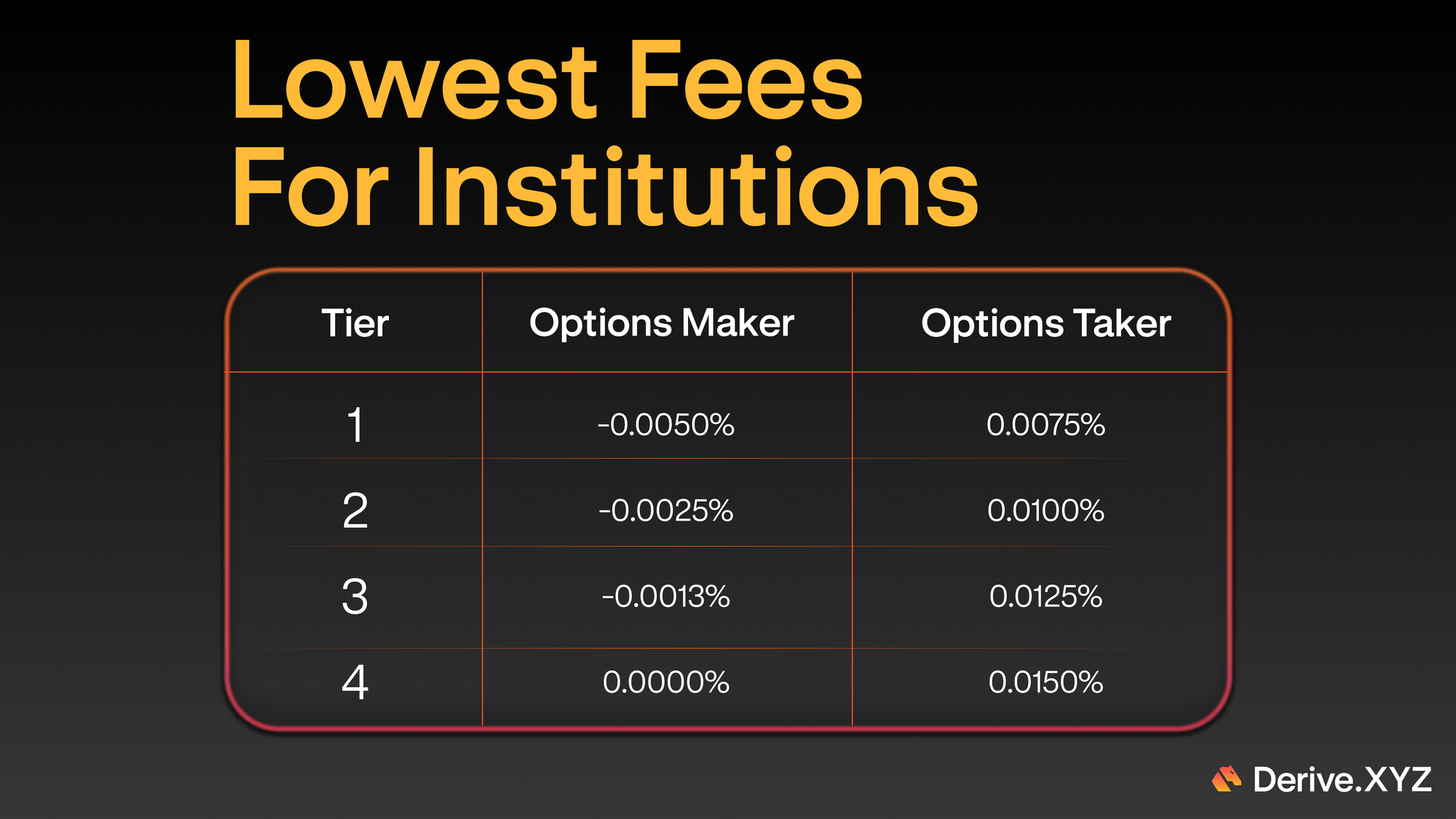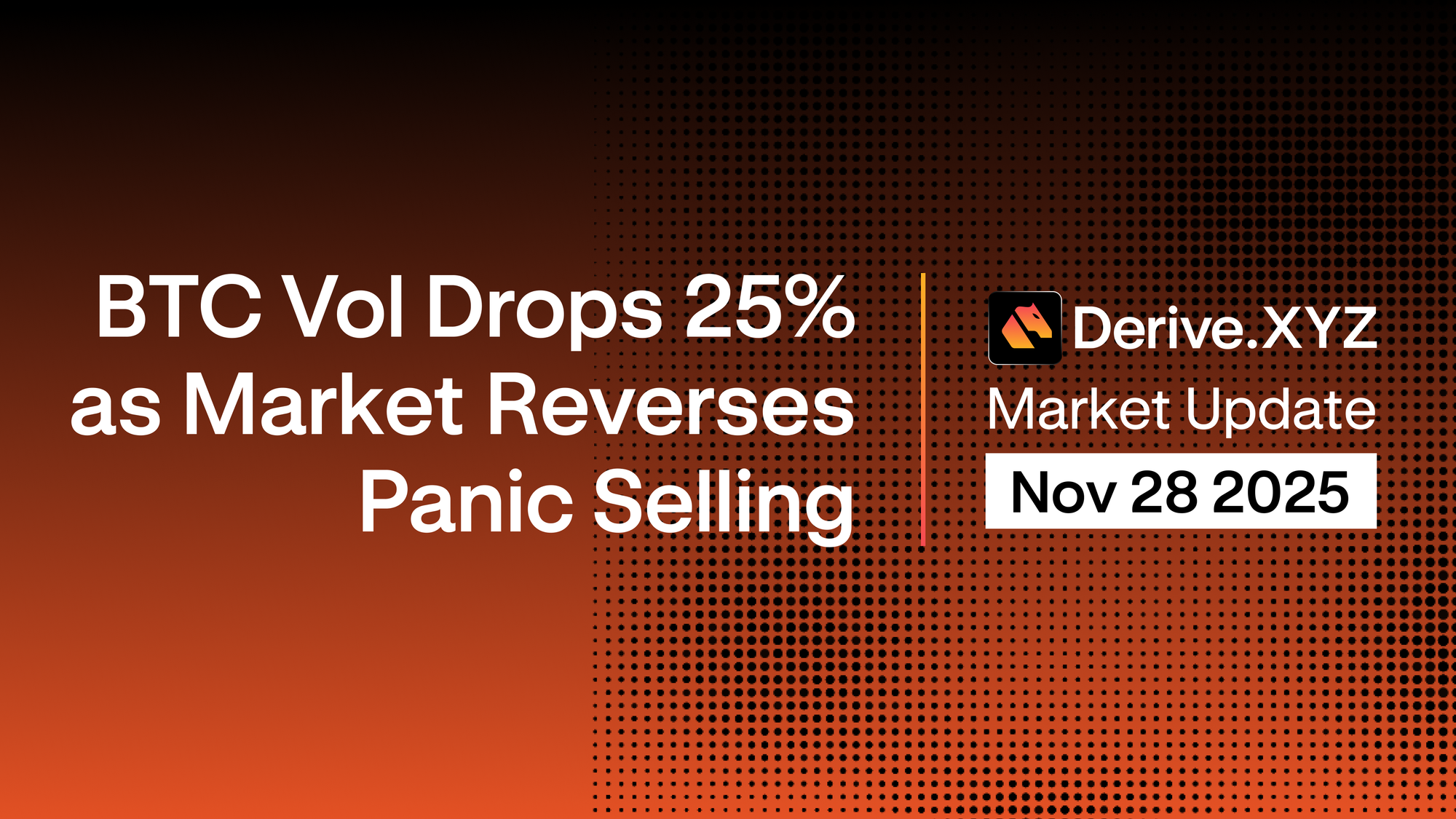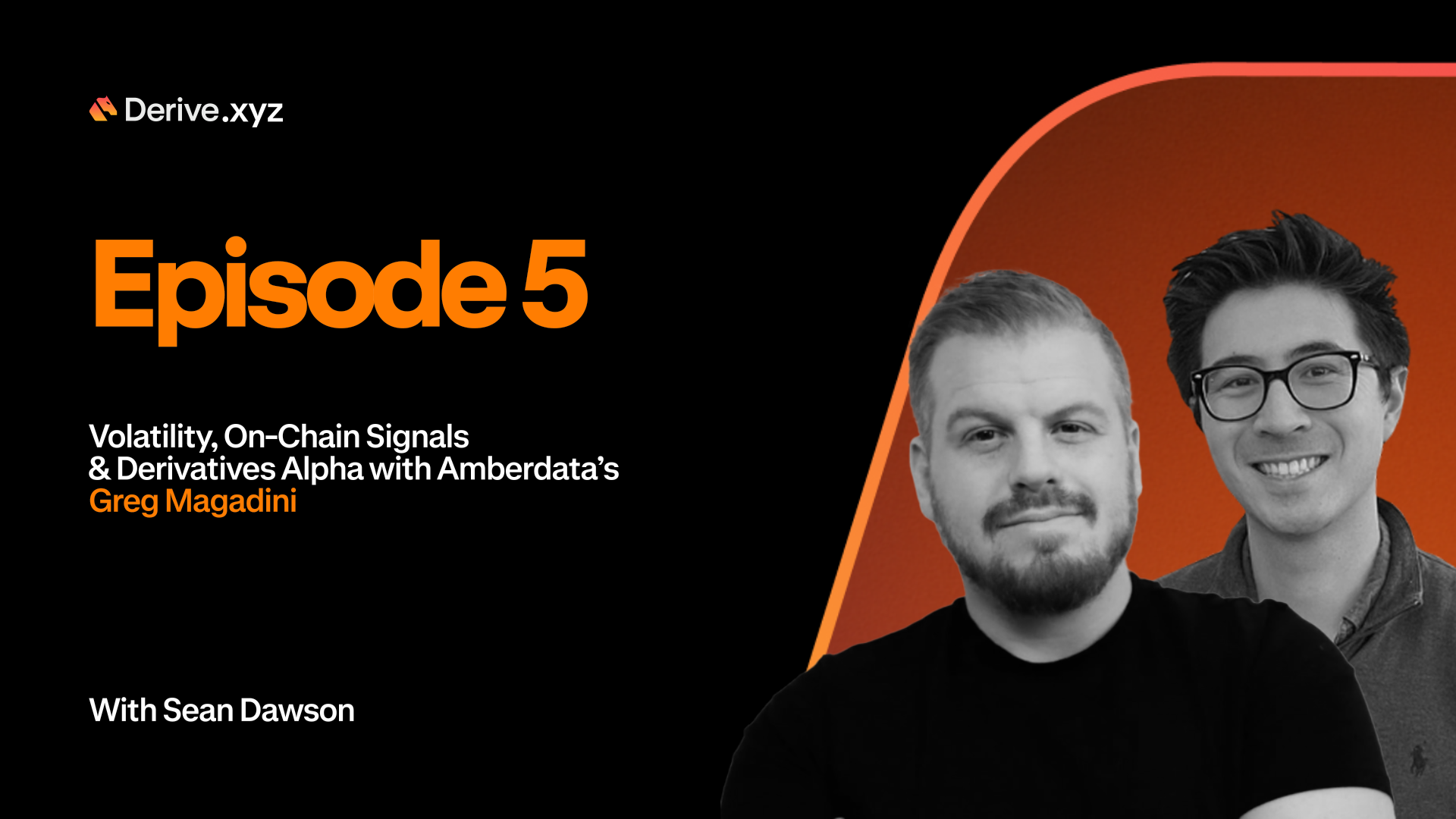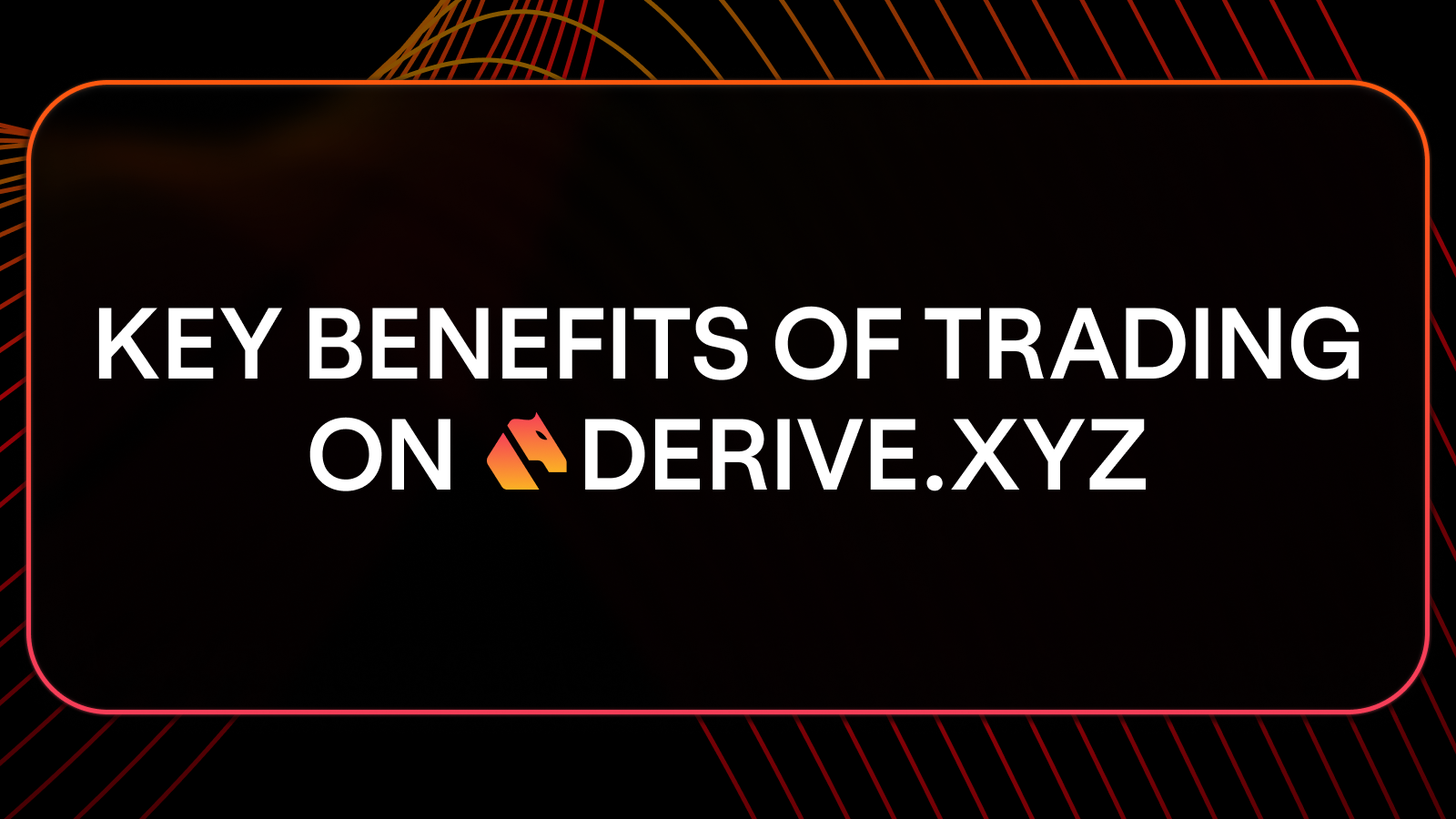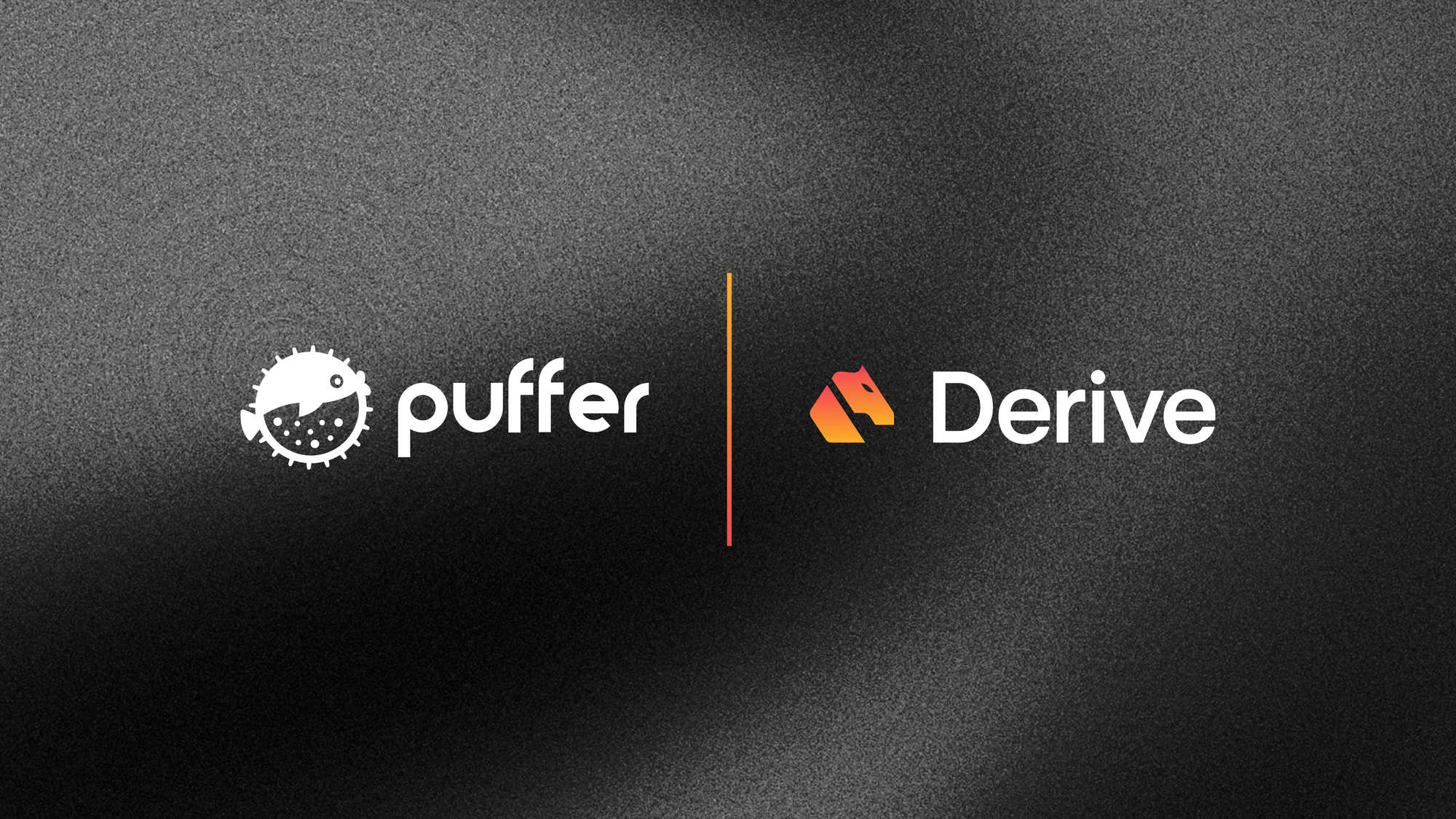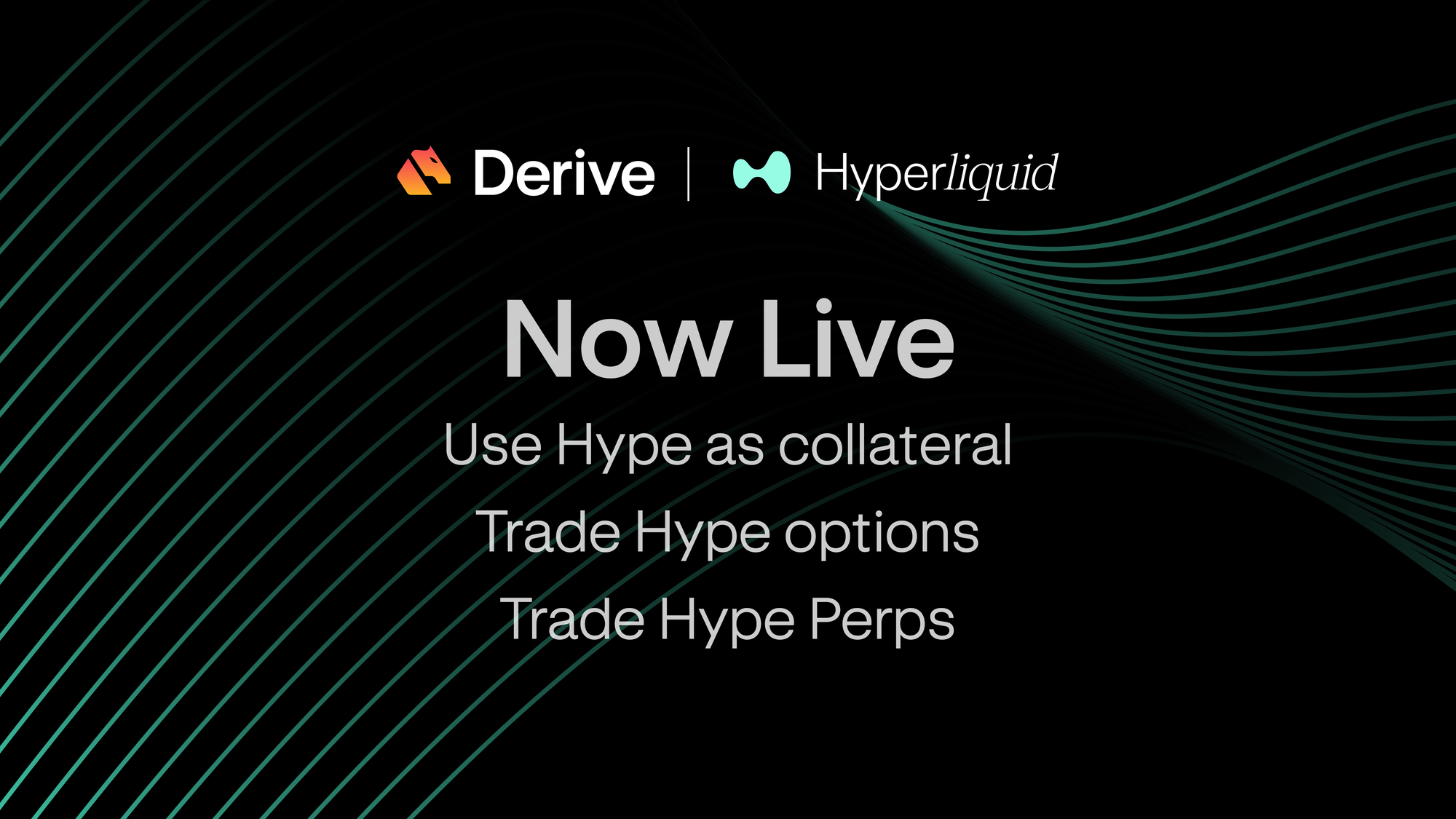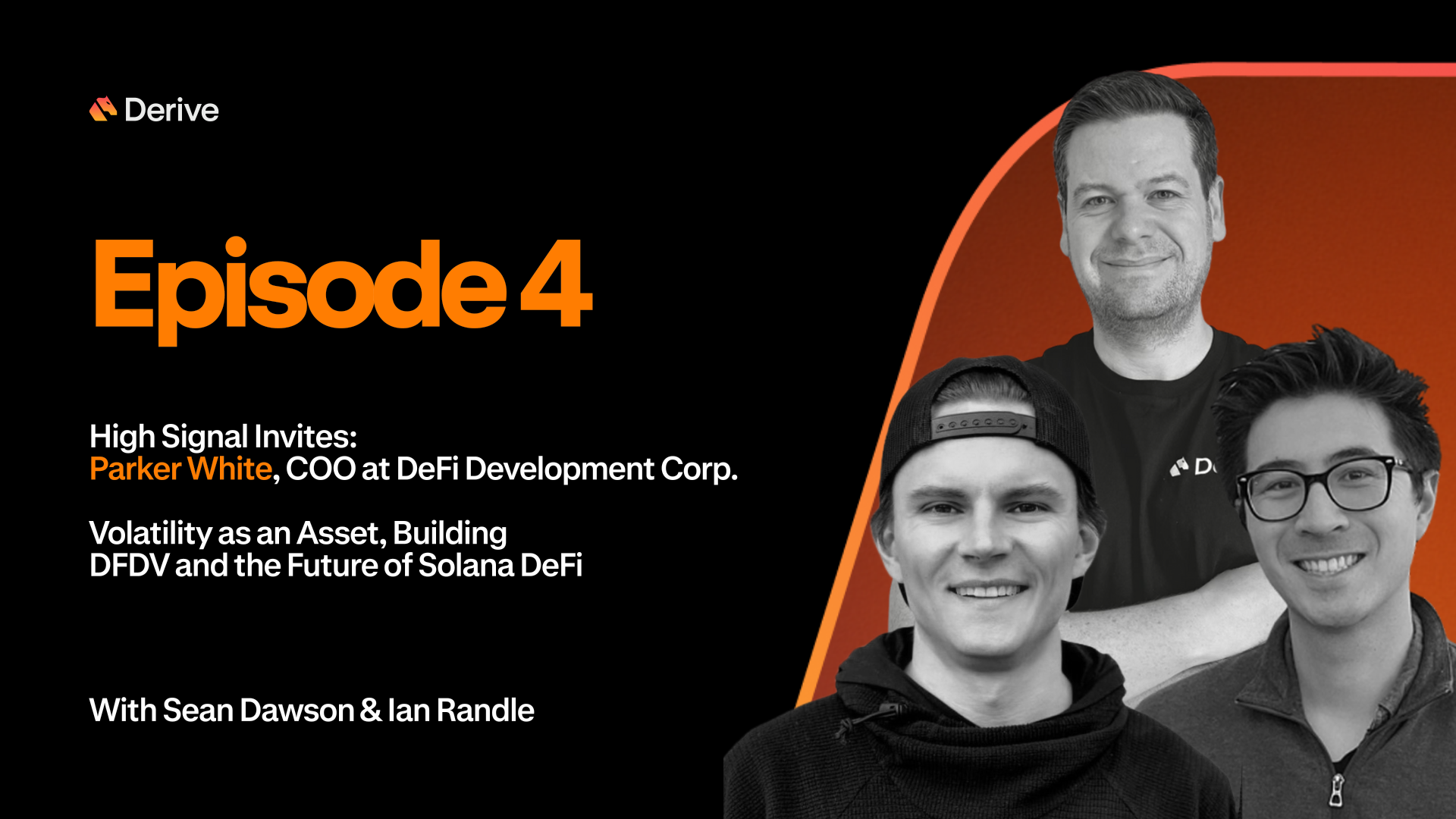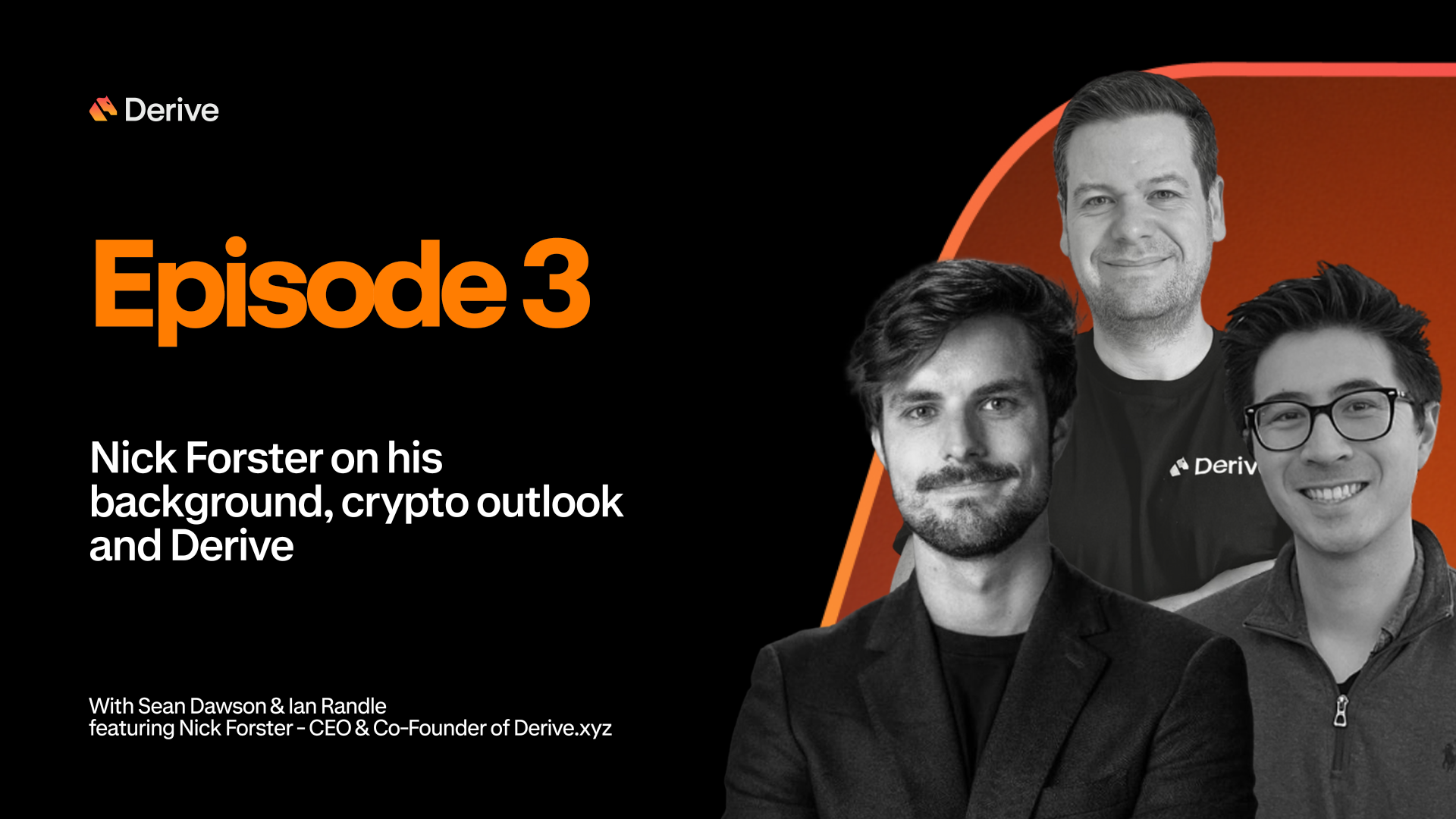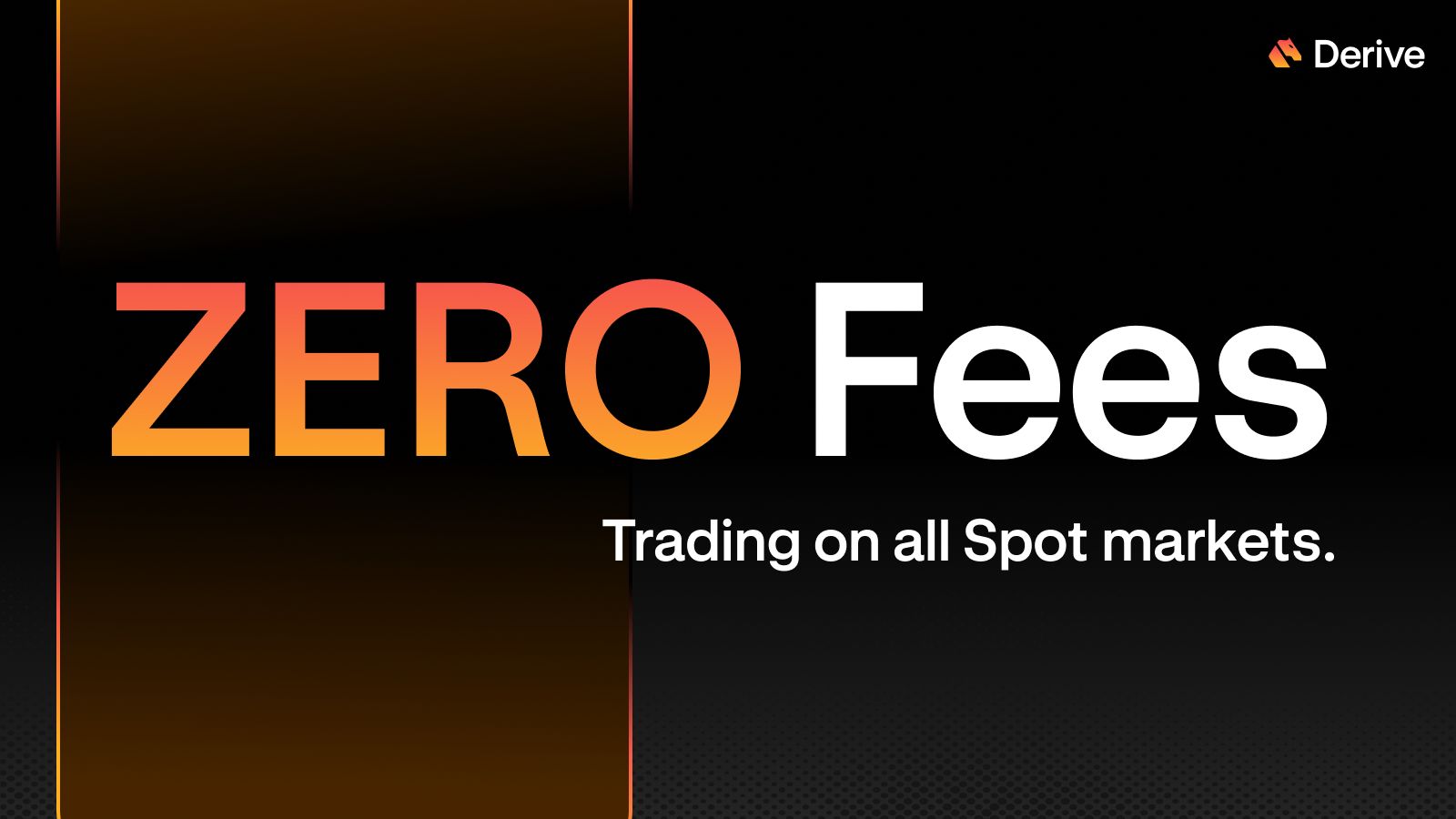Options are not just about being right. They are about knowing how risk changes before, during, and after a move.
Over the past week, we have broken down the core drivers of options pricing:
- Price movement
- Time decay
- Volatility
Today we bring them together to show how these forces interact and why understanding them gives you an edge on Derive.
Price: The Directional Driver
Price direction is what most traders focus on.
- Buy a call if you think the price will go up
- Buy a put if you think the price will go down
But being right about direction is only one piece of the puzzle.
Time: The Hidden Cost
Every day that passes reduces the value of your option through time decay.
This effect accelerates as expiry approaches.
If you buy an option and the price does not move quickly enough, you can lose money even if you were eventually right.
Sellers benefit from this decay.
They collect the premium while time works in their favor.
Volatility: The X-Factor
Volatility shapes how much potential the market sees in a trade.
More volatility means higher premiums and more sensitivity to movement.
If volatility rises after you enter a position, the value of your option can increase even if the price stands still.
If volatility falls, it can erode value even if price moves slightly in your favor.
Why These Interact
In every trade, these three forces are at work:
- Price determines whether you are in-the-money or out-of-the-money
- Time reduces the value of your option every day
- Volatility increases or decreases the value based on market expectations
Successful traders think about all three before taking a position.
Why This Matters on Derive
Derive gives you visibility into all three factors:
- See your Greeks (Delta, Theta, Vega) before you place a trade
- Monitor how each force is impacting your PnL in real time
- Use subaccounts to isolate strategies or hedge risks clearly
No surprises. No guesswork. Full transparency on what is driving your performance.
Your Action Today
- Open Derive
- Choose an option to explore - any strike, any expiry
- Look at its Delta, Theta, and Vega
- Think about how each of these will impact your PnL depending on the trade’s outcome
Understanding these three forces is what separates beginners from serious options traders.
Tomorrow, we begin exploring how to structure positions using this knowledge.
Coming tomorrow:
Day 9 – Long Call and Long Put: The Simplest Trades Done Right
Hasta manana
Cpt




